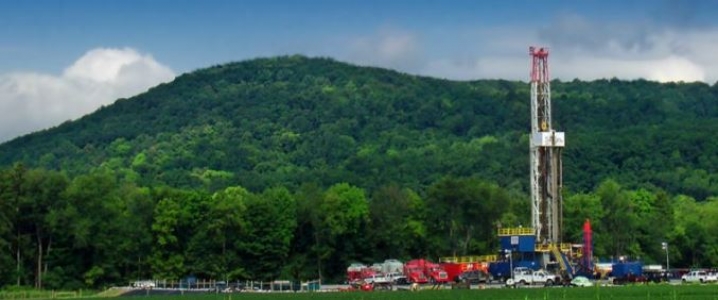Last August I warned that a Natural Gas Price Spike May Be Looming. The reason for the warning was that natural gas in storage – which the Energy Information Administration (EIA) reports every Thursday – had fallen to abnormally low levels just ahead of high-demand season.
Indeed, natural gas inventories remained low throughout the fall, and by November prices had spiked by 60 percent. By late November, it seemed that prices were destined to hit the $5 per million British thermal units (MMBtu) level.
However, the price peaked about the time inventory levels began to head back to the lower end of the normal range. Last week’s report marked the first time since last June that the level reached the lower end of the 5-year minimum range:
Natural gas in storage.
As natural gas levels headed toward the normal range, prices tumbled. From a close of $4.70/MMBtu in November, prices during the first week of January fell back below $3.00/MMBtu.
Natural gas inventories are still about 11 percent below average for this time of year, and there is a lot of winter left. But, unless the rest of the winter is unseasonably cold, the recent trend suggests that natural gas prices may spend most of 2019 below $3.00.
Demand for natural gas continues to grow along multiple fronts. For example, the EIA reported that liquefied natural gas (LNG) exports set two consecutive monthly records in November and December 2018. EIA estimates that LNG exports averaged 3.6 billion cubic feet per day (Bcf/d) in November and 3.9 Bcf/d in December. Related: Gasoline Overproduction Leads To Negative Margins
But supply is more than keeping pace. Not only does production in the Appalachia Region continue to grow unabated, but the associated gas (co-produced with oil) in the Permian Basin has started to have a large impact on the natural gas market over the past year or so. Due to logistical constraints in the Permian Basin, this at times has led to significant flaring and even natural gas prices falling below zero at times in the area.
For perspective, current natural gas production in the Permian Basin is about 13 Bcf/d. That reflects a doubling of production there in just over two years, and is now second only to the Appalachia Region’s 31 Bcf/d.
I will close by pointing out that the Appalachia Region produced 13 Bcf/d – the current level of production in the Permian – in 2013. Permian Basin gas production isn’t growing quite as quickly as that in the Appalachia, but the resource potential suggests that both oil and gas production in the Permian will continue to grow for a number of years.
It seems inevitable that we are going to be awash in natural gas well into the next decade.
By Robert Rapier
More Top Reads From Oilprice.com:
- Modest Rig Count Gain Caps Oil Prices
- Shale Pioneer Hamm: Output Growth Could Fall By 50%
- U.S. Set To Pump More Oil Than Russia And Saudis Combined


















